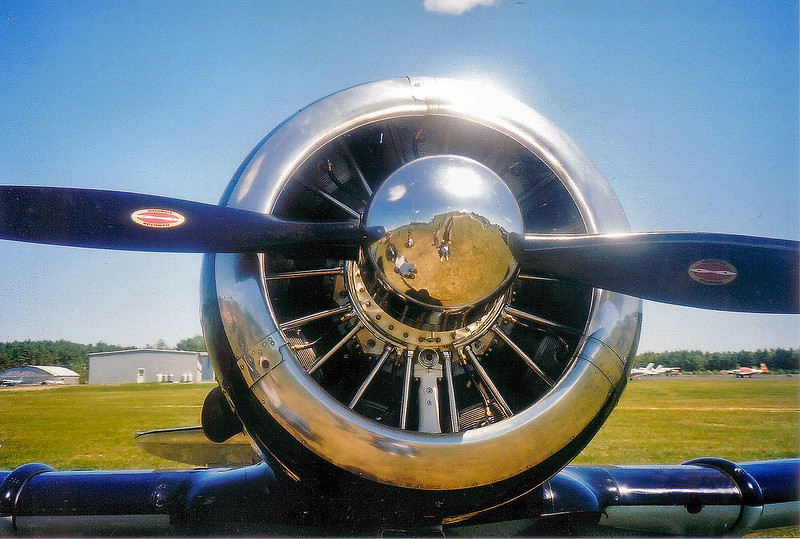How Grounded Boeing 737 Max Planes Impact The Inventory Turnover Ratio
How expensive is it to carry inventory?
It may be your firm’s biggest use of cash- money that you can’t use for some other purpose.
One of the biggest inventory issues is the Boeing 737 Max planes, which are currently grounded.
What Happened
The Wall Street Journal explains that the FAA has grounded Boeing 737 Max planes, due to problems with adding new engines and software issues. After several recent crashes, the 737 MAX was grounded. The firm also fired their CEO.
Cowen & Co. reports that, as of January 2020, 447 Boeing 737 Max planes will be undelivered, meaning that clients are not putting the planes in use. Boeing planes may cost over $400 million each.
Using round numbers, 400 undelivered planes at a $400 million totals $160 billion in revenue. Boeing’s 2018 total revenue was about $100 billion.
Now, Boeing manufactured the 400-plus planes over a period of years, and they have contracts that require the buyer to make partial payments as each aircraft is built.
But that’s still a huge amount of inventory that’s not being shipped to clients.
When you think of inventory sitting in a warehouse or on a retailer’s shelf, think of the cash required to buy that inventory.
The inventory turnover ratio is a great tool to assess both your inventory levels and cash.
Inventory turnover ratio
The ratio is defined as (cost of goods sold) / (average inventory).
Average inventory is the (beginning balance plus ending balance)/ 2.
This ratio tells you how many times you’re selling all of your inventory in one year. The idea is to sell a large amount of product (cost of sales), while minimizing the inventory you have to carry (average inventory).
A big ratio is much better than a smaller ratio. Here’s what I mean:
Let’s say that a hardware store has $600,000 in cost of sales, and that average inventory is $100,000. The inventory turnover ratio is:
($600,000 cost of goods sold) / ($100,000 average inventory), or 6.
The hardware store is selling all of its inventory six times a year. What if they could generate the same cost of sales and carry half the amount of inventory?
The updated inventory turnover ratio is:
($600,000 cost of goods sold) / ($50,000 average inventory), or 12.
The benefit?
The store spends half as much on inventory, and generates the same level of sales. The owner saves $50,000 in inventory costs, and can use those dollars for some other purpose.
The Lesson
Use the inventory turnover ratio to maximize sales and to spend less on inventory.
My next book, 50 Stories That Explain Accounting, will be out in 2020. More info to follow.
For live CPA exam prep and accounting classes, join Conference Room for free. Members will be notified of course dates, times, costs, and how to attend these courses.
Get your questions answered to pass the CPA exam, and to learn accounting concepts.
Go to Accounting Accidentally for 300+ blog posts and 450+ You Tube videos on accounting and finance:
Good luck!
Ken Boyd
Author: Cost Accounting for Dummies, Accounting All-In-One for Dummies, The CPA Exam for Dummies and 1,001 Accounting Questions for Dummies
(email) ken@stltest.net
(website and blog) https://www.accountingaccidentally.com/

